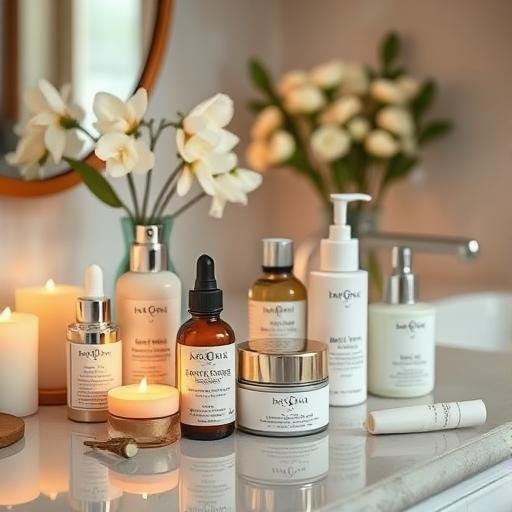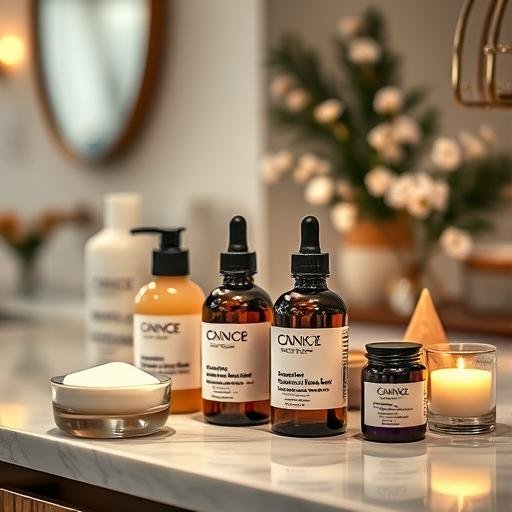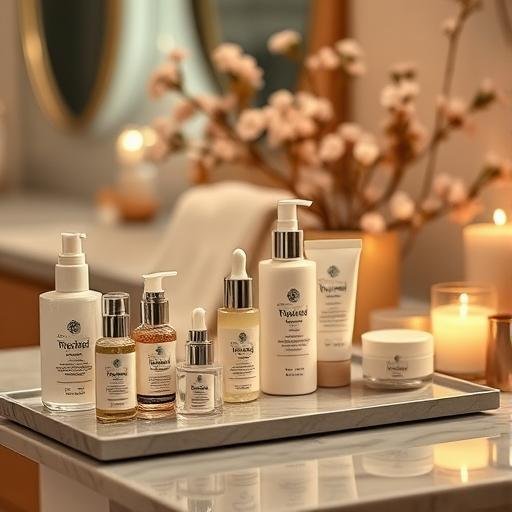Skincare Secrets Your Dermatologist Won’t Tell You (But I Will!)
April 14, 2025 | by Celine

The Hidden Science of Skin pH: Why Your Tap Water Could Be Sabotaging Your Routine
Intro: You invest in serums, moisturizers, and cleansers—but did you know your tap water might be undermining your skincare efforts? The pH of your water plays a crucial role in skin health, yet it’s rarely discussed. Let’s dive into the science behind skin pH, how water quality affects it, and what you can do to keep your barrier balanced.
What Is Skin pH—And Why Does It Matter?
Your skin’s natural pH hovers around 4.5–5.5, slightly acidic to maintain a healthy barrier. This “acid mantle” protects against bacteria, irritation, and moisture loss. When pH rises (becomes more alkaline), your skin becomes vulnerable to dryness, breakouts, and sensitivity.
How Tap Water Disrupts Your Skin’s Balance
Most tap water has a pH of 7–8.5 (neutral to alkaline). Washing with it can:
- Strip natural oils, weakening your barrier.
- Raise skin’s pH temporarily, making it harder to recover.
- Aggravate conditions like eczema or acne.
Hard water (high in minerals like calcium and magnesium) is even worse—it leaves residue that clogs pores and disrupts pH further.
Signs Your Water Is Messing With Your Skin
- Persistent tightness or dryness after cleansing.
- Increased redness or sensitivity.
- Products that work for others irritate your skin.
How to Protect Your Skin’s pH
- Use a pH-balanced cleanser (pH 4.5–6) to counteract alkaline water.
- Rinse with bottled or filtered water if your tap water is very hard.
- Apply toner to rebalance pH post-cleanse.
- Install a shower filter to reduce mineral buildup.
The Bottom Line
Your skin’s pH is delicate—and something as simple as tap water can throw it off. By adjusting your routine (and maybe your water source), you can keep your barrier strong and glowing. Next time you splash your face, remember: great skincare starts with the water you use!
“`
RELATED POSTS
View all


